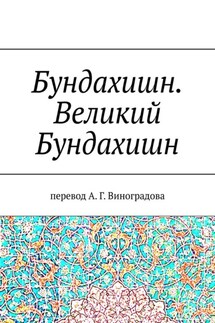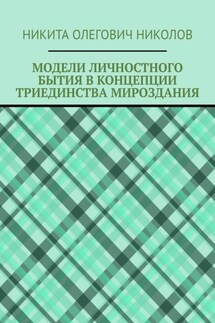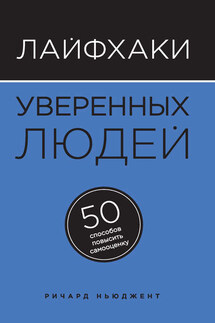Английский язык. Сборник практических заданий по энергетике с ответами - страница 4
3. продольная волна ____________________________________________
4. человеческое ухо _____________________________________________
5. постоянная температура ______________________________________
6. эластичность и плотность ____________________________________
7. частотный диапазон __________________________________________
8. частота звуковой волны ______________________________________
9. скорость звука ________________________________________________
10. плотность среды _____________________________________________
11. частота звука ________________________________________________
2.6. Вставьте в пропуски предлоги: through/in/from, где необходимо.
1. Sound waves cannot pass _______ a vacuum.
2. All sounds originate _______ vibrating objects.
3. The vibrating objects are then passed on _______ a medium.
4. Frequency can be measured _______ physically.
5. The human ear is sensitive to sound _______ the frequency range ______ about 20 Hz.
6. The intensity of sound is measured _______ terms of the amount of power.
__________________________________________________________________
Through — сквозь/через; in — в; from — от;
__________________________________________________________________
2.7. Дайте ответы на вопросы по тексту:
1. What originates from vibrating objects?
2. How can all living beings hear sounds?
3. What are the types of waves in physics?
4. What is intensity of sound?
5. How does sound depend on medium and temperature?
2.8. Переведите предложения на русский язык письменно:
1. A sound wave consists of a series of alternate compressions and rarefactions of medium.
2. Alternate compression and rarefaction transmit kinetic energy through a medium which they pass.
3. Sound can’t pass through a vacuum.
4. Vocal cords in human throat, the skin of a drum or the strings of a violin are good examples of vibrating objects.
5. Each complete wave cycle is made up of one compression and one rarefaction.
Тема 3. Энергия излучения
3.1. Найдите перевод терминов
| 1. nature and properties | a) волновое движение |
| 2. electromagnetic radiation | b) среда |
| 3. wave motion | c) плотность среды |
| 4. medium | d) двоичная природа |
| 5. density of the medium | e) природа и свойства |
| 6. dual nature | f) общие характеристики |
| 7. common characteristics | g) электромагнитная радиация/излучение |
| 8. “particles,” or quanta | h) вакуум космоса |
| 9. vacuum of space | i) волны разной длины |
| 10. gamma rays | j) «частицы» или кванты |
| 11. different wavelengths | k) гамма лучи |
| 12. visible and infrared light | l) видимый и инфракрасный свет |
| 13. transparent | |
| 14. constant velocity |
3.2. Найдите прилагательное в каждой группе слов. Переведите
a) frequency, velocity, activity, visible, density;
b) to travel, to vary, nature, natural, naturally;
c) wavelength, field, fundamental, vacuum, ray;
d) medium, photon, to emit, density, magnetic;
e) speed, space, various, to consist of, molecule;
f) air, metal, ray, constant, frequency, velocity;
g) radiation, to call, electromagnetic, slowly, wave;
3.3. Прочитайте и переведите текст:
Energy may take various forms — sound, chemical, and electrical energy, for example.
Nature and properties of radiant energy. The various forms of radiant energy have many common characteristics, the most fundamental of which concerns their nature. They are all wave motion, consisting of varying electric and magnetic fields, but they can also be considered as being made up of “particles,” or quanta, of energy called photons. Radiant energy therefore has a dual wave/particle nature. The most important forms of electromagnetic radiation are visible and infrared light for the life.






